|
Despite the lack of high-end talent in this draft class, overall strategy revolving positions on draft nights has become solidified over the last few years. Unless a post player is of transcendent talent or projects to be a franchise cornerstone, it's hard to see them getting drafted until late in the first round. The last two years, only three big men have been drafted between picks 10 and 25: Goga Bitadze, Brandon Clarke and Mortiz Wagner. The days of non-elite bigs going early in the draft are over as prioritization has been given to other, more skill-based positions.
The consensus right now points to three names being head and shoulders above the rest: James Wiseman of Memphis, Obi Toppin of Dayton and Onyeka Okongwu of USC. A few weeks ago, I wrote about Wiseman and how his lack of visibility due to NCAA interference has, perhaps unfairly, impacted his draft stock. Dan O'Brien of TBW has also looked into all three and proclaimed Okongwu his top big in the class. Regardless of order, all three should hear their names called in the lottery. Outside the lottery, many names linger and could hear their name called anywhere from the early-20s to the mid-40s. Bigs are less valuable with drafting due to the mercenary-like nature of vets, and the ease of finding a replacement-caliber player. The six players whose scouting reports are below–Vernon Carey, Zeke Nnaji, Daniel Oturu, Isaiah Stewart, Xavier Tillman and Kaleb Wesson–are all talented and fill specific niches. Beauty is in the eye of the beholder, and these guys just want some team to fall in love with what they have to offer.
0 Comments
Whether fair or not, draft stock is not just about overall impact. An 18-year-old will be treated far differently than a 21-year-old in terms of where they are projected and where they might end up by the conclusion of their initial NBA contract.
Sometimes a prospect's impact can get drowned out by that conversation. We focus more on their age and the fact they haven't already reached full polish than on how what they already do well might fit the current NBA climate. Tyler Bey is the perfect example of this. He has one skill he can hang his hat on: his defense. Bey is an outstanding on-ball and help defender. He's one of the better athletes in this draft, has a track record of strong, multi-positional defense and is one of the more under-the-radar guys based on the team and program he played with at Colorado. This article is a facsimile of an earlier publication on The Basketball Writers (TBW), which recently closed its doors. Three games is all James Wiseman got during this college career at the University of Memphis. The NCAA ruled him ineligible early in the season in a complex and unfair situation where head coach Penny Hardaway allegedly acted improperly in getting Wiseman's family to move to Memphis.
The young center's college career ended, and he dropped out of school after the NCAA mandated he pay $11,000 to charity without accepting the money from other sources. That lack of collegiate game experience has led Wiseman to be out of sight and out of mind for many. A true seven-footer with freakish athleticism and mobility, a sweet-looking jump shot and versatile defensive chops, there's a reason he was highly touted coming out of high school. The kid looks the part and has (mostly) produced like he's a top-five selection. So why isn't a guy like this (in a so-called weak draft class) seen as a frontrunner and regarded as a transcendent talent? Some of it may have to do with his absence from the stage, and some of it may be about the aesthetics of his current weak spots. This article is a facsimile of an earlier version published on The Basketball Writers (TBW), which recently closed its doors. Read more on Desmond Bane, Killian Tillie and Payton Pritchard.
This article is a facsimile of an earlier version published on The Basketball Writers (TBW), which recently closed its doors. Knowing your biases helps you better navigate and contextualize player evaluation (whether your own or another's) as well as hold yourself accountable.
Any decision-maker on an organizational level has to do a deep dive to understand themselves if they are to do what's best for the organization as a whole. That process of self-reflection and objective study seeks not so much to remove biases, but to become better equipped to acknowledge them. By doing so, biases move out of blind spots where we often don't feel their presence. Once in the light, they serve as important conversations to determine what truly is best for the whole. In that light, I've tried to look at a few biases I certainly hold and examine not just why I hold them, but also whether they are based on any data or important context. Hopefully, this study does two-fold: Lend credence to why I harbor a lot of the draft opinions I hold, as well as opening a dialogue where those readers who disagree begin to examine their own biases. I've written about my biases before, resulting in the following beliefs: shooting is the most important skill, weight or strength isn't a great reason to avoid a prospect, avoid drafting those who played in a 2-3 zone exclusively, and some college coaches are to be trusted more than others. On that last point, Saddiq Bey is the primary benefactor of decades of role player success coming from the Jay Wright program at Villanova. Consistently, Wright churns out players who are well-rounded due to the nature of his offense, skill development program and their consistent retention of players into their upperclassman years. This article is a facsimile of an earlier version published by The Basketball Writers (TBW), which recently closed its doors. These days, who doesn't love a good sharpshooter from 3?
If the 2019 NBA Draft was proof of anything, general managers are among those who dig the long ball. The second-round was littered with 3-point shooting specialists, from Carsen Edwards of the Boston Celtics to Kyle Guy of the Sacramento Kings. Every team needs a weapon to spread the defense out and draw defenders away from the hoop. Drafting role players who fulfill this specific need is in higher demand than ever before. Combine that with a fairly weak crop of prospects in 2020 and there's no telling how high 3-point shooting role players may rise. Could we see a couple make their way into the lottery, similar to Cam Johnson did with the Phoenix Suns in 2019? This article is a facsimile of an earlier version published on The Basketball Writers (TBW), which recently closed its doors. High volume has robbed Isaiah Joe of the high-efficiency 3-point shooting he enjoyed as a freshman. Still, he is a large part of why Arkansas enjoyed a renaissance season under first-year head coach (and former NBA sideline general) Eric Musselman. Taking a whopping 10.6 3-point attempts a night.
As soon as he steps in the gym, he's in range to let it fly. A January 34-point outburst on the road at Ole Miss—a night that included him going 7-of-13 from deep—has revitalized Joe's draft stock. When we say deep, we're not just talking about behind the 3-point line—which, as a reminder, is now moved back to professional levels and no longer a short college line. Joe has the ability to score outside areas where most defender venture to pick him up, and that makes him incredibly dangerous as soon as he crosses half-court. If the aesthetics of a jumper matter to you, Joe will be your top prospect in this class. Nobody has a smoother, more beautiful stroke. He's also incredibly long and knows how to use his length. Unfortunately, no official measurements are available for his wingspan, but he's likely upwards of 6'7". Joe had an up-and-down season at Arkansas under former NBA head coach Eric Mussleman. Joe started the season 35.8 percent from deep over their first 16 games, and his team started 14-2. But the Razorbacks finished 5-5, and Joe went 31.3 percent over that span. The drop may not seem that drastic, but when you take eleven treys a game, it's the difference between three points per game. Joe is solid in most facets, and his skill level doesn't have many glaring holes. That said, there's one major weakness with his value as a prospect: he's 6'5" and barely 165 pounds. That rail-thin frame, one that didn't improve over two years at Arkansas, will scare off plenty of teams who doesn't see the well-rounded shooter he could turn into. This article is a facsimile of an earlier version published on The Basketball Writers (TBW), which recently closed its doors. When you're a sophomore, people automatically label you as being older than most freshmen. Alabama Crimson Tide point guard Kira Lewis Jr. didn't turn 19 until April 9th, after the conclusion of his sophomore season.
Lewis is that young, as young as most freshmen in this draft class, and boasts two seasons of college success to his name. Lewis left high school a year early so he could begin his pursuit of a basketball career and signed on under former NBA point guard and head coach Avery Johnson at Alabama. The 17-year-old Lewis started in the SEC and showed flashes of potential, but as his team struggled, he was barely a high-level prospect on NBA radars. A coaching change and shift in style of play—catered around Lewis' blazing speed—brought out the best in the sophomore. Alabama didn't win many more games in Lewis' second season, but they whizzed their way to the second-fastest offense in the nation. Now Lewis hopes that scouts will see not just his blazing speed but a solid polish, nuance and well-rounded offensive game. Lewis checks all the boxes for me: he's a great transition player, a three-level scorer in the half-court (potentially) and an adequate defender. labels can be damaging, and I've often compared Lewis' trajectory with Cole Anthony in the public perception. Anthony, a transcendent scorer out of high school, seems to get the benefit of the doubt on draft boards despite a difficult season at North Carolina. Why? Some of that is due to the perception he's younger as a freshman, but Anthony is a whole year older than Lewis. That thirteen-month age difference isn't meant to drag down Cole, but to prop up Kira. To do what he's done in the SEC, at such a young age, over the course of two seasons and under two coaches, is pretty special. This article is a facsimile of an earlier version published on The Basketball Writers (TBW), which has recently closed its doors In a 2020 draft class that's weak on wings, the guard position fills the void with plenty of names worth knowing.
You can find all different types: Those who shoot, are defense-first, are pure passers and those who are supreme athletes. Position and taste will dictate who goes where, not necessarily a clear hierarchy of consensus. No one or two stand head-and-shoulders above the rest, but there are enough good players that at least one of them figures to be a gem. Last week, Tyrese Maxey stepped into the point guard spotlight with his non-shooting, defense-first style. While I'm not overly high on Maxey, that reason boils down to my strong preference for shooters at the point of attack. This week, we'll focus on the roller coaster season that haunted Cole Anthony at North Carolina, trying to sift through his numbers, the spacing he operated in and figuring out if a deflection of blame is the right course to accurately analyzing his outlook. This article is a facsimile of an earlier version published on The Basketball Writers (TBW), which recently closed its doors. 6'9" and 220 pounds with jump-out-of-the-gym athleticism. 39 percent 3-point shooting, 1.06 points per possession on post-ups and 4.4 ppg in transition.
The anchor of the nation's most efficient offense and a National Player of the Year candidate for a team that went 29-2. Obi Toppin checks a lot of boxes. He's a prototypical inside-outside scorer with polished footwork, a reliable jumper and above-the-rim thunder slams. The success he achieved being the high-volume anchor of the nation's highest efficiency offense is not often seen. A season ago, that was Rui Hachimura at Gonzaga. Two years ago, the balanced attack of Villanova ruled the national landscape. In 2017, Lonzo Ball's UCLA Bruins took the cake. There's precedent for these guys succeeding at the next level and proving themselves worthy of a top-ten selection. The similarity of Dayton's attack (formulated by head coach Anthony Grant, a former assistant under Billy Donovan for the Oklahoma City Thunder) to an NBA offense makes Toppin's strengths translatable. The insane open floor dunks and ability to play in transition always migrate over, especially for someone his size. Still, there's something off with Toppin's athleticism. For all he does on offense, he's bad on defense. I mean really bad. Someone who possesses vertical athleticism and great offensive footwork like Toppin rarely struggles in the way he does moving his feet laterally on defense. He's got the tools to be a foundational offensive piece, even if he was a late bloomer in college. But there's a ton of work to be done with him on defense, so much so that it could talk a few teams out of taking him with a top-five pick. |
AuthorAdam Spinella is a Division III basketball coach using what he's learned about scouting and skill development and applying it to the NBA Draft Archives
November 2020
Categories |
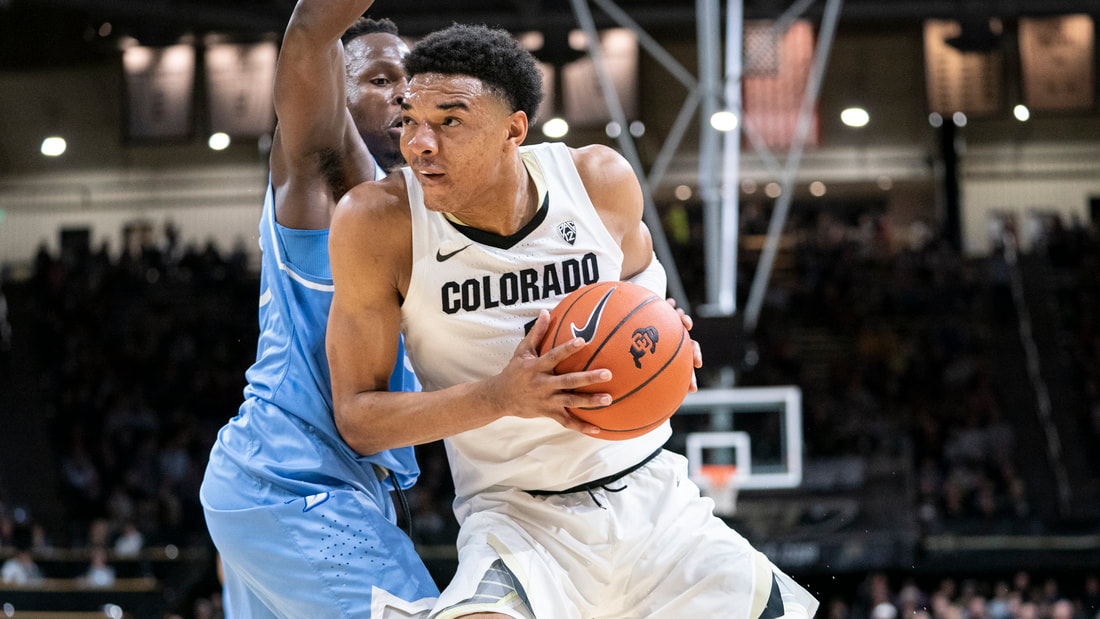
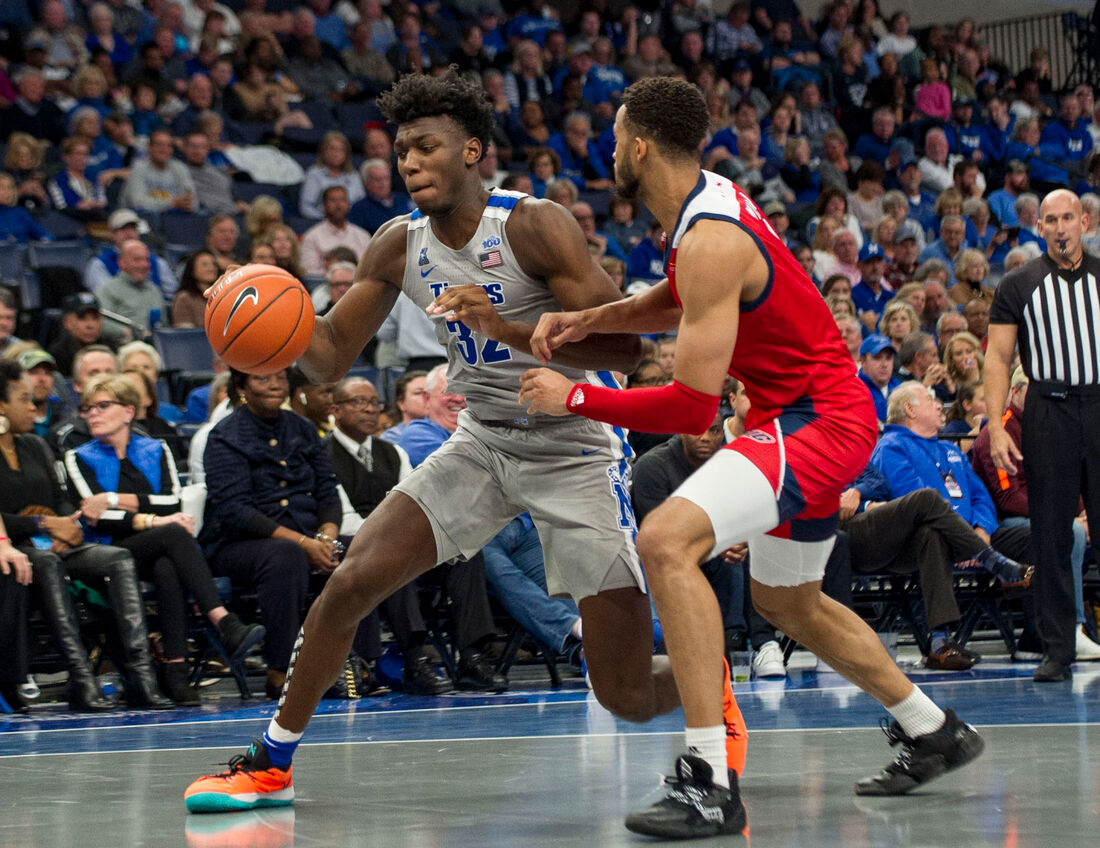
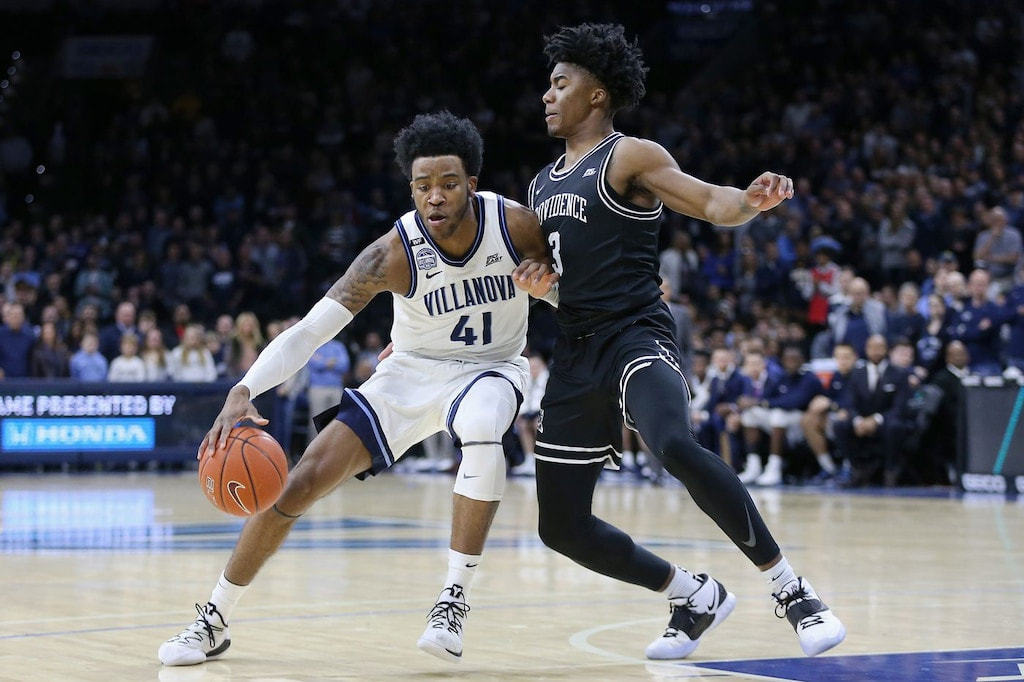
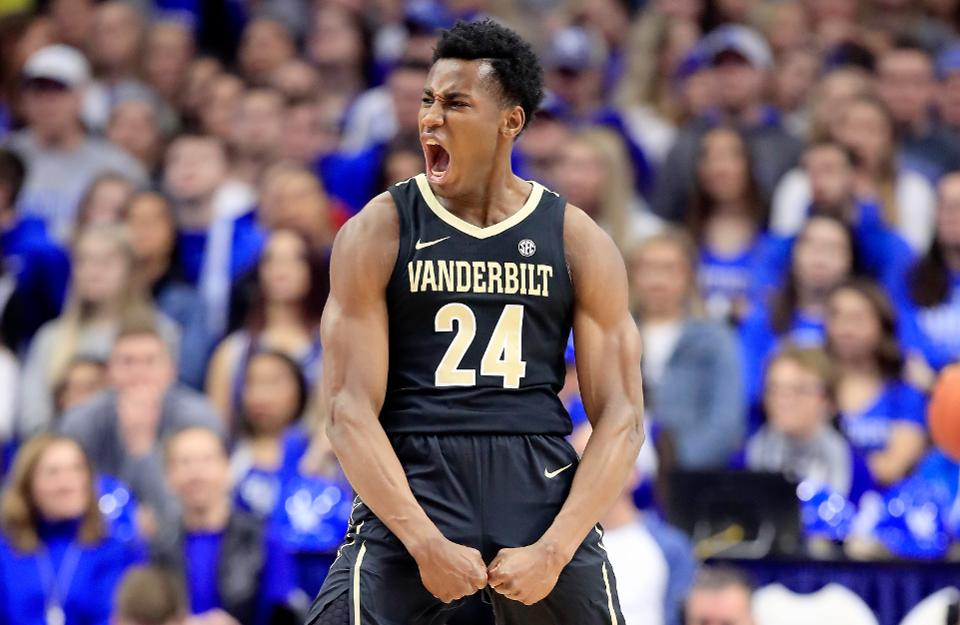
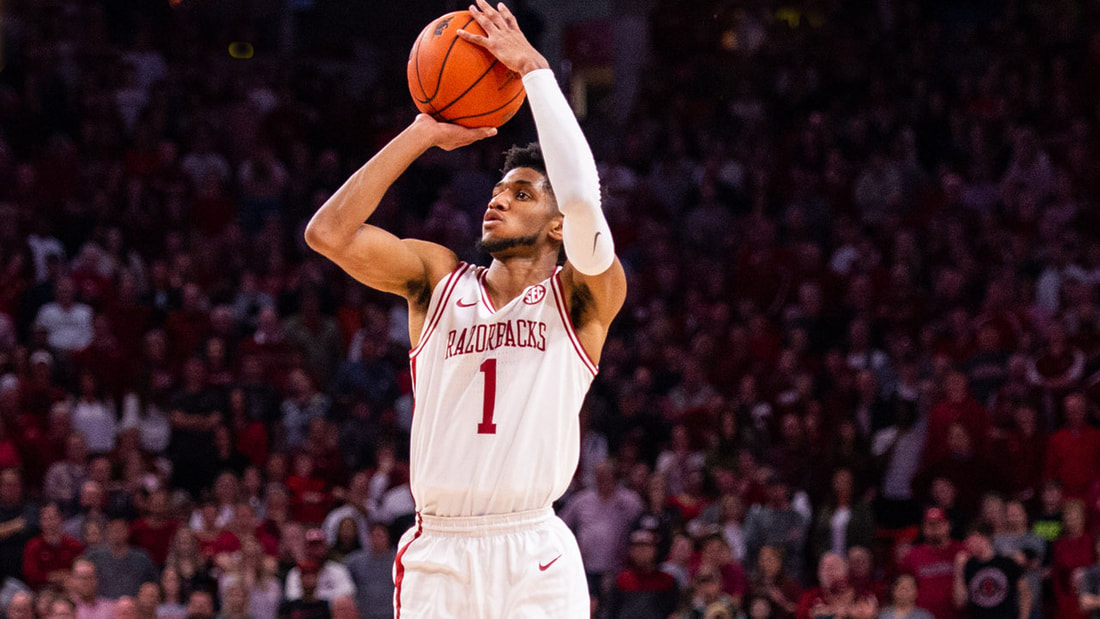
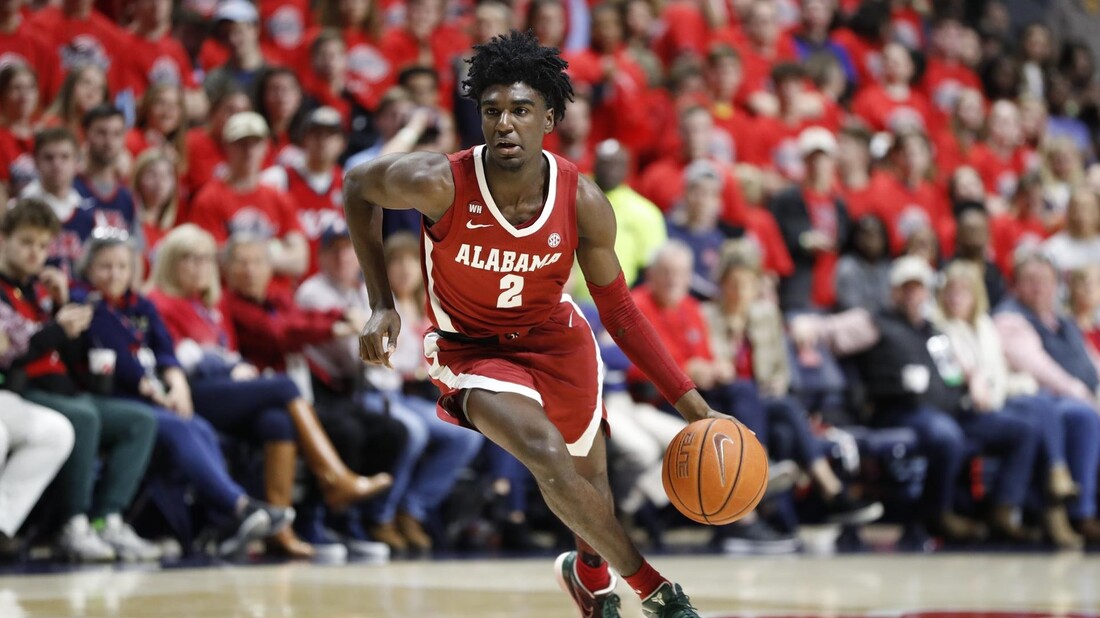
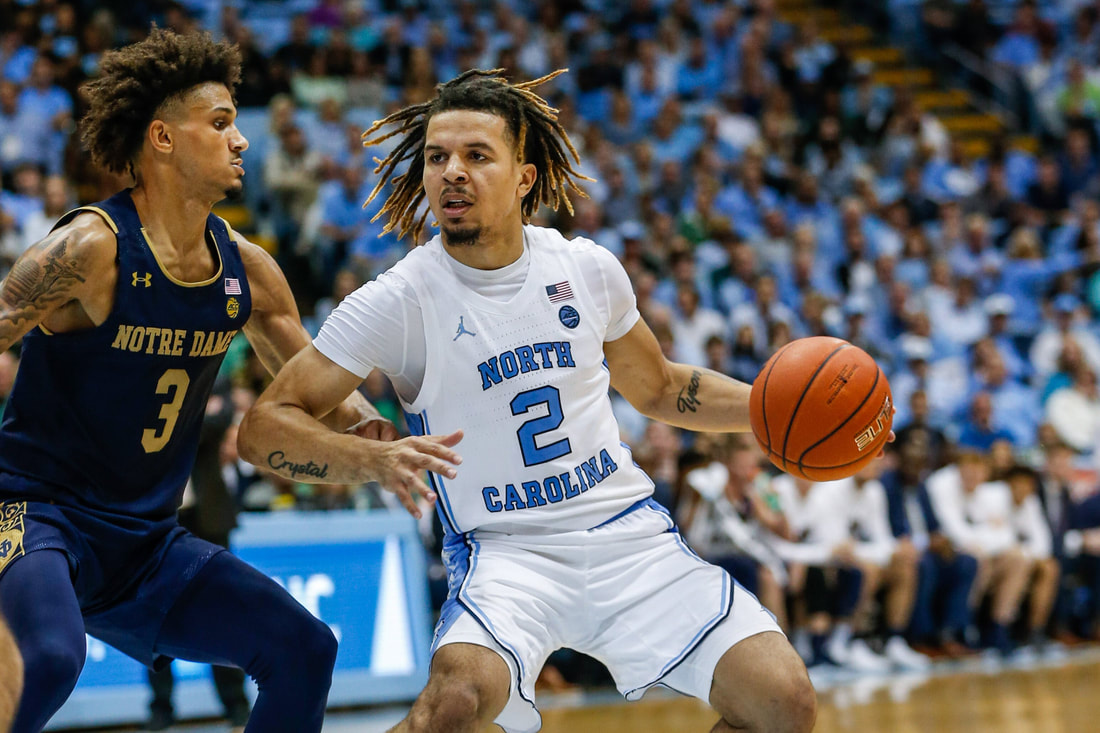
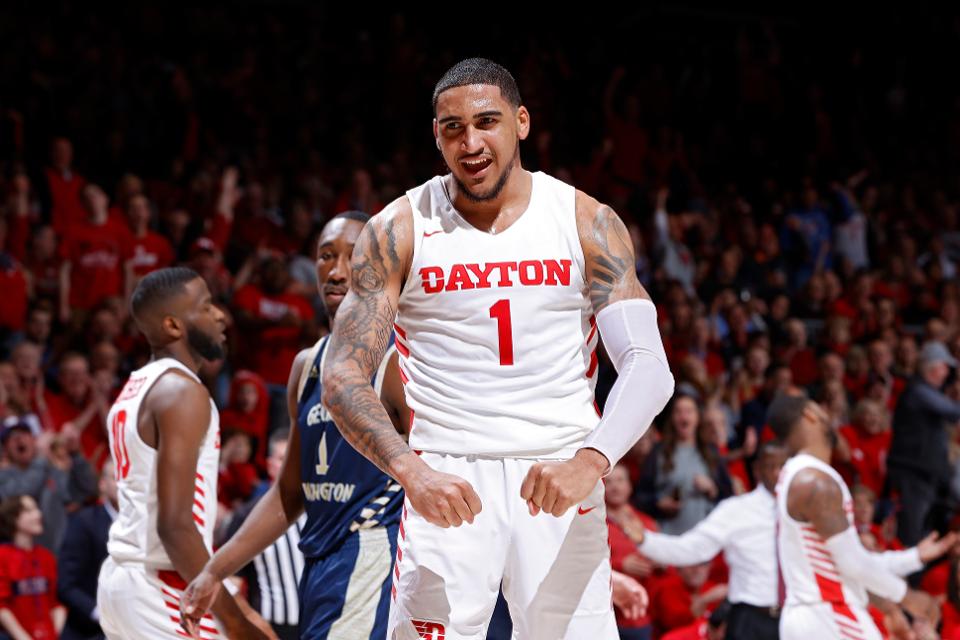
 RSS Feed
RSS Feed
